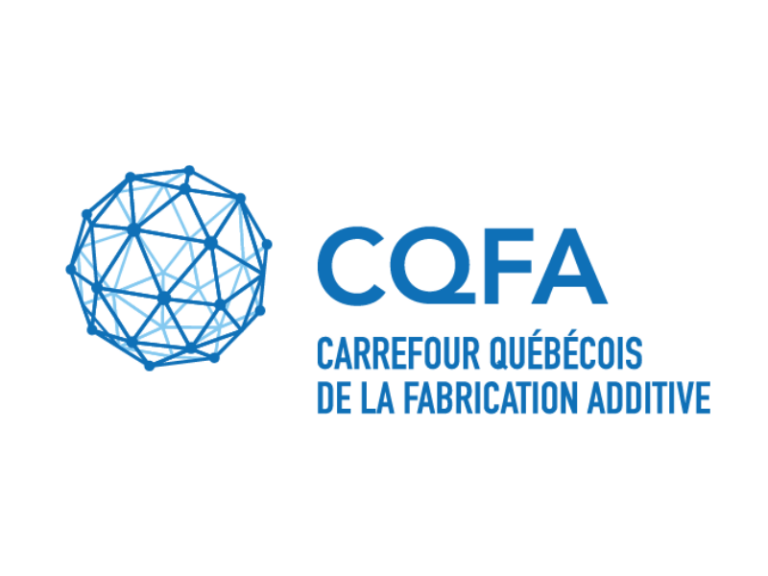
2023/02/13
Influence of powder layer thickness on microstructure and T5 heat treatability of AlSi7Mg alloy fabricated by laser powder bed fusion
Cheng, C.C. (2022). Influence of powder layer thickness on microstructure and T5 heat treatability of AlSi7Mg alloy fabricated by laser powder bed fusion. Thesis.
Laser powder bed fusion (LPBF) is one of the frequently used manufacturing methods to fabricate complex metal components. Lightweight Al alloy has a promising potential in aerospace and automobile industry applications. Even though LPBF is approaching mainstream manufacturing, the knowledge gap regarding heat treatment of LPBF fabricated AlSi7Mg alloy remains to be studied. This thesis aims to study the influence of layer thickness during T5 heat treatment through several approaches. Two different layer thicknesses, i.e. 30 µm and 50 µm, were employed to fabricate AlSi7Mg bar samples. T5 aging curves, of 150 °C, 160 °C, and 170 °C, show the positive strengthen response for both 30 µm and 50 µm layer thickness. Scanning electron microscopy (SEM) micrographs display the comparable eutectic Si microstructure after T5 heat treatment. Transmission electron microscopy (TEM) micrographs exhibit the identical cluster precipitation developed during T5. Finally, Johnson-Mehl-Avrami model was used to obtain the apparent activation energy of around 140 kJ/mol for both layer thicknesses.